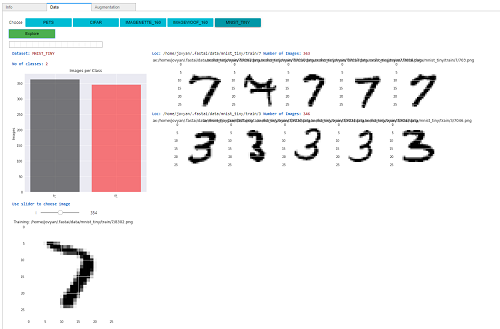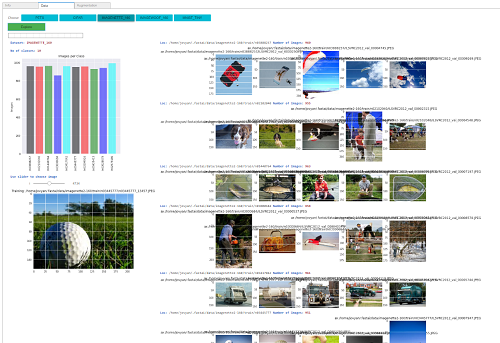fastGUI (just following the naming based on a number of projects that start with ‘fast’  ) is a project inspired by last weeks lesson using voila and binder. An easy way to view images, no of classes, no of images per class, choose an image and view effects of augmentations(work in progress as there seems to be an issue with rendering in voila, posted here https://forums.fast.ai/t/issue-viewing-images-in-voila/68221).
) is a project inspired by last weeks lesson using voila and binder. An easy way to view images, no of classes, no of images per class, choose an image and view effects of augmentations(work in progress as there seems to be an issue with rendering in voila, posted here https://forums.fast.ai/t/issue-viewing-images-in-voila/68221).

